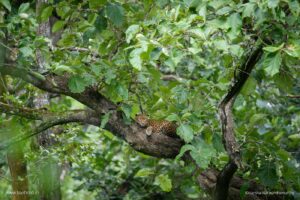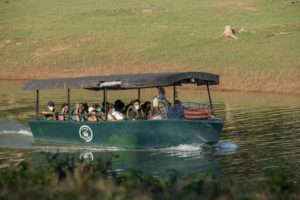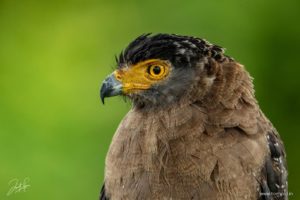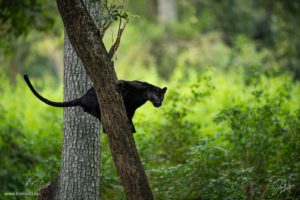Toecabulary is the comprehensive glossary of photography terminology and techniques. Every week, you get to learn a new term defined and depicted in stunning photographs and videos. Click here if you wish to refer to this Dictionary of Photography in its entirety, or, click here to read all our weekly Toecabulary posts that discuss various concepts of photography in great detail.
Ever wondered why certain parts of a photograph are in focus and the rest aren’t? Ever wondered what technical details are intended behind it?
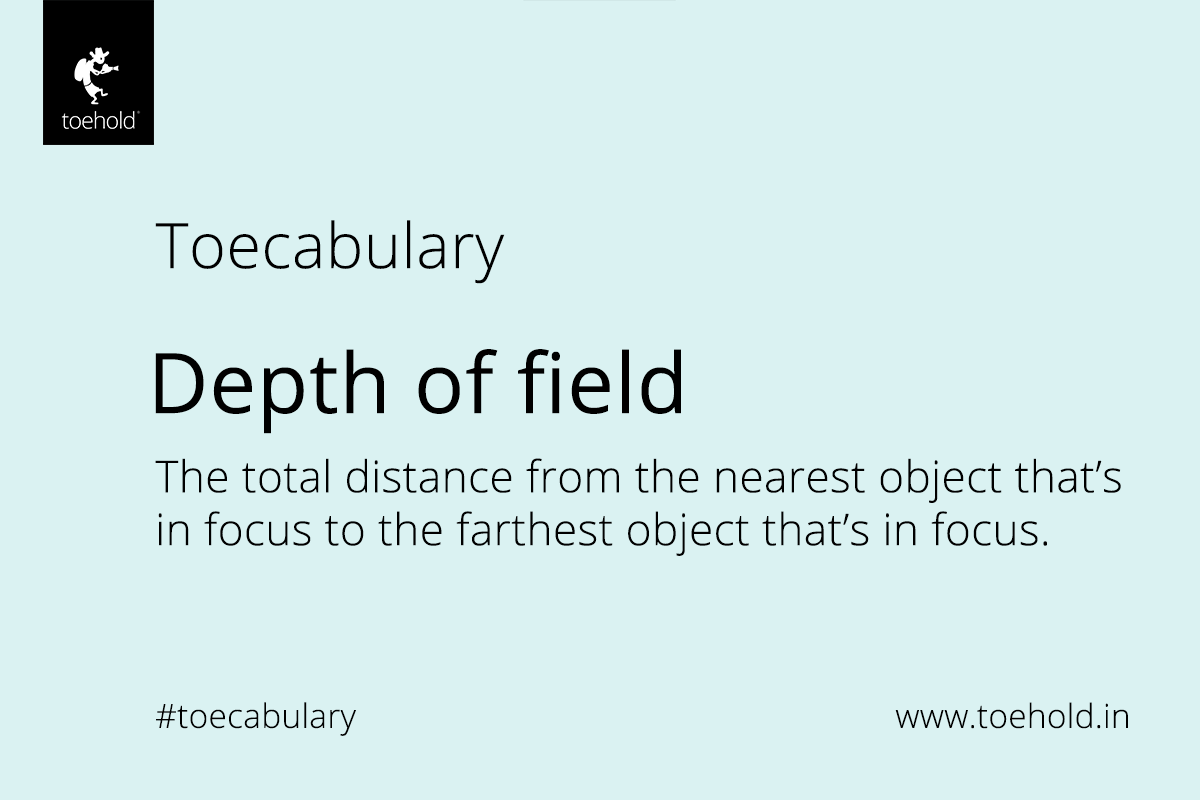
Today’s Toecabulary brings you the concept of ‘depth of field’, which answers these questions. Watch this space today to learn more about the various factors that ‘depth of field’ depends on, depicted through relevant images.
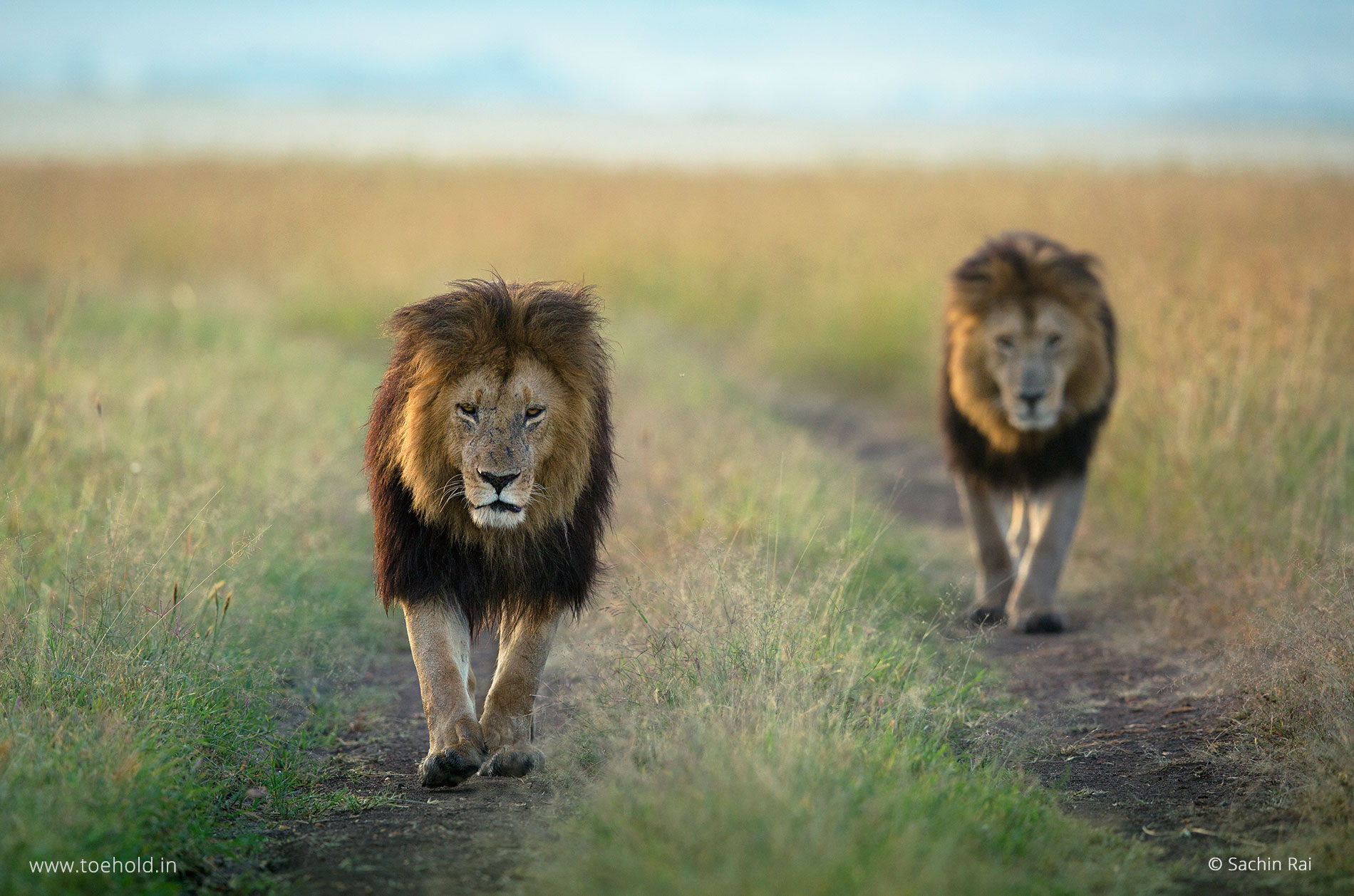
Meet the popular handsome lions of Kenya, Lipstick and Blackie. In this frame, Lipstick is in focus and Blackie is out of focus. This was achieved by using the widest aperture the lens allowed, which is f/4. One of the most significant factors that determine the depth-of-field is aperture, and the two are inversely proportional to each other. In other words, the greater the aperture, the shallower the depth-of-field and vice versa.
Next time you are on the field and want to make images with only your subject in focus and everything else out of focus, choose the widest aperture your lens allows you to and create evocative images. Meanwhile, if you have already made such photographs with the subject in the shallow depth-of-field, please share them with us in the comments below and let us discuss how you made your images the way you did.
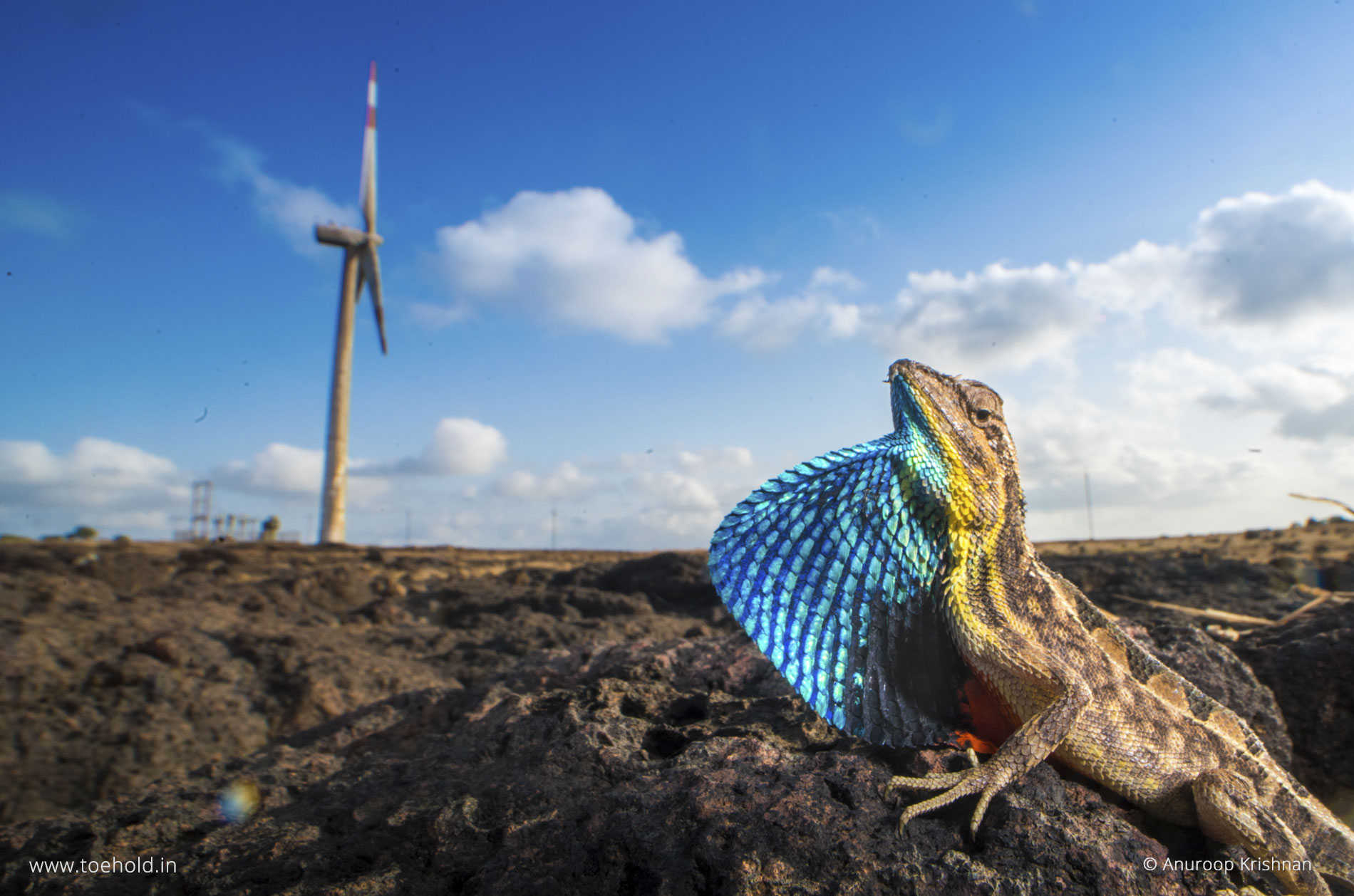
This image of the colourful fan-throated lizard was made in the Chalkewadi, Maharashtra. While the previous image of the African lions was shot with the 400 mm lens at a low aperture of f/4, this image was made with a wide 15 mm lens. Wider lenses allow for deeper depths-of-field than narrower telephoto lenses. That apart, this photo was shot at an aperture of f/15, making it much deeper in depth-of-field, thus making the lizard in the foreground sharp, and even the windmills in the background apparent.
Share the images you have made of your favorite subjects in a deep depth-of-field in the comments below and let us know where and how you made those images.
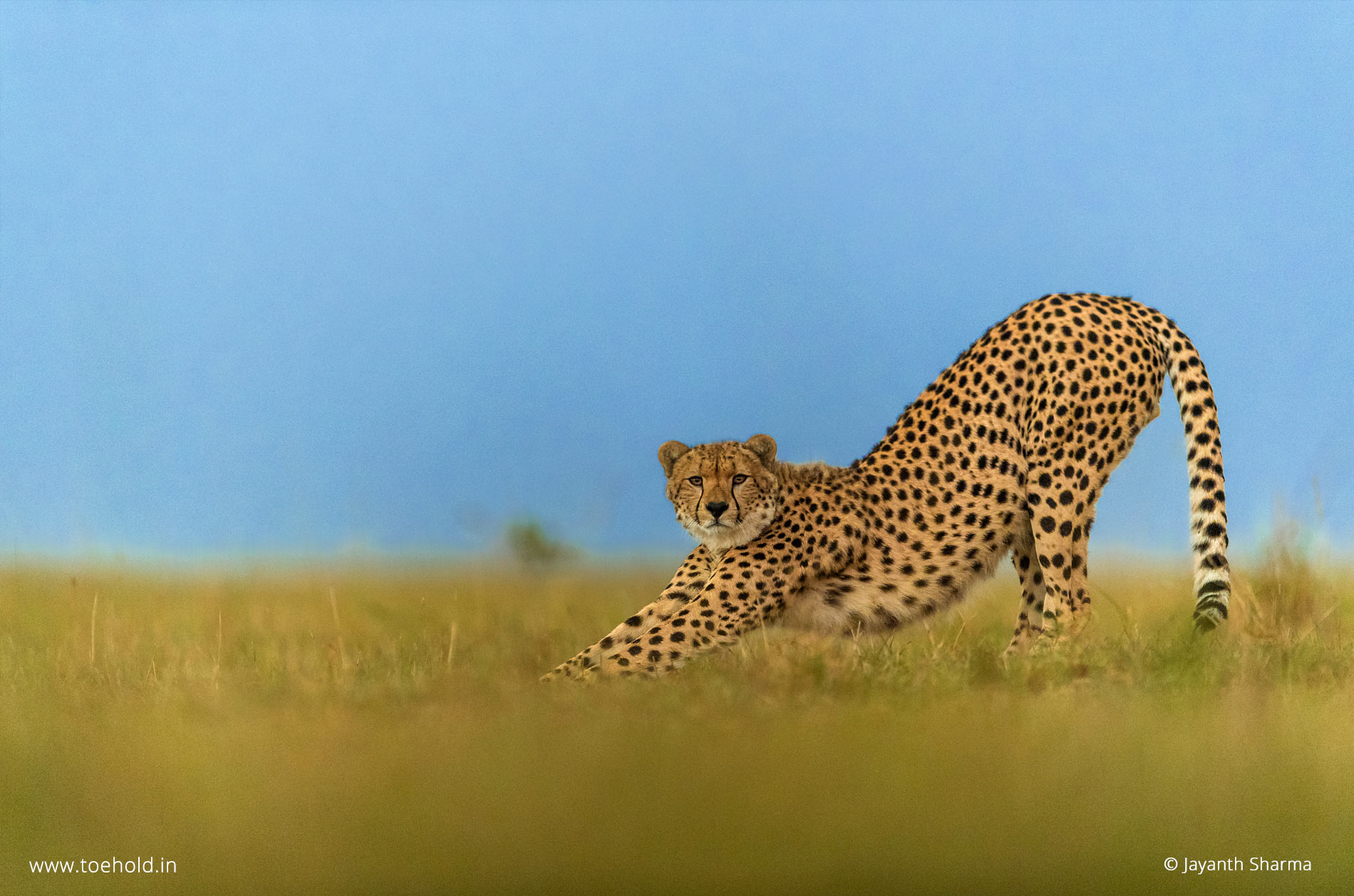
Now, notice how only the cheetah stands out in this image. This is because we have pushed the background as far behind it as possible with the telephoto lens. The horizon where the sky and the savannah meet is at infinity, thus making the cheetah very prominent. The distance between the subject and the background is another major factor that determines the depth-of-field. And in this image, the cheetah was photographed from the eye-level to push the background faraway, to achieve the shallow depth-of-field. While the background in our earlier photo of the African lions was still a bit clearer, here, everything else except the cheetah is out of focus.
Share the images you have made of your favorite subjects in shallow depth-of-field in the comments below and let us know where and how you made those images.
Interested in improving your skills?
Imparting photography knowledge that eventually increases our attention and love for various details of life on this planet is at the heart of everything we do at Toehold. If you are a photography enthusiast and are interested in learning photography methodically from our ace photographers, explore our Photography Workshops and other related courses at Toehold Academy, or if you want to harness your skills and get mentored by our team of extraordinary photographers on the field, in real-time on our Photography Tours to destinations across India and abroad, explore our Photography Travel offerings.
Learn Photography
We have a few online courses related to many aspects of photography like AF, Metering, Composition, and also courses based on a different genre of photography like wildlife, landscape, portrait photography, etc.

